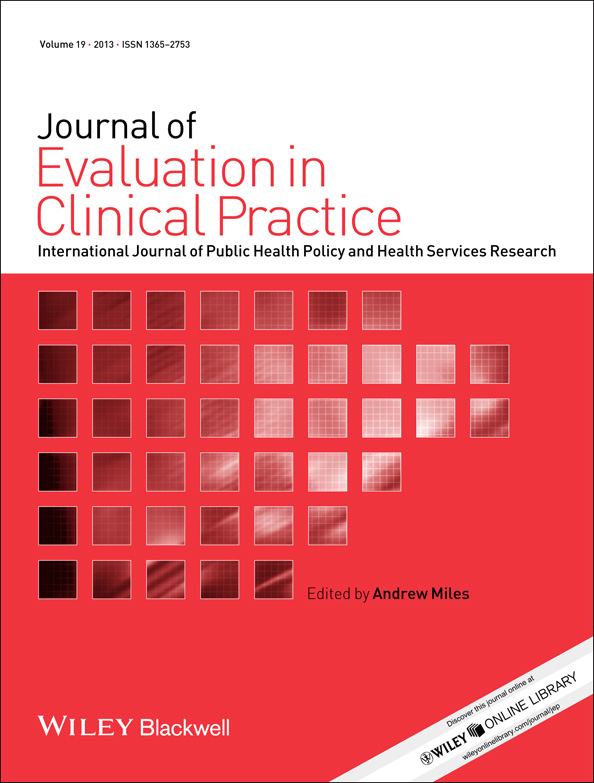Clinical information transfer and data capture in the acute myocardial infarction pathway: an observational study
Funding: The research reported here was funded by the Engineering and Physical Sciences Research Council of the UK. Sujatha Kesavan, Tanika Kelay and Nick Sevdalis are affiliated with the Imperial Centre for Patient Safety and Service Quality, which is funded by the UK's National Institute for Health Research.
Abstract
Rationale, aims and objectives Acute myocardial infarctions (MIs) or heart attacks are the result of a complete or an incomplete occlusion of the lumen of the coronary artery with a thrombus. Prompt diagnosis and early coronary intervention results in maximum myocardial salvage, hence time to treat is of the essence. Adequate, accurate and complete information is vital during the early stages of admission of an MI patient and can impact significantly on the quality and safety of patient care. This study aimed to record how clinical information between different clinical teams during the journey of a patient in the MI care pathway is captured and to review the flow of information within this care pathway.
Method A prospective, descriptive, structured observational study to assess (i) current clinical information systems (CIS) utilization and (ii) real-time information availability within an acute cardiac care setting was carried out. Completeness and availability of patient information capture across four key stages of the MI care pathway were assessed prospectively.
Results Thirteen separate information systems were utilized during the four phases of the MI pathway. Observations revealed fragmented CIS utilization, with users accessing an average of six systems to gain a complete set of patient information. Data capture was found to vary between each pathway stage and in both patient cohort risk groupings. The highest level of information completeness (100%) was observed only in the discharge stage of the MI care pathway. The lowest level of information completeness (58%) was observed in the admission stage.
Conclusion The study highlights fragmentation, CIS duplication, and discrepancies in the current clinical information capture and data transfer across the MI care pathway in an acute cardiac care setting. The development of an integrated and user-friendly electronic data capture and transfer system would reduce duplication and would facilitate efficient and complete information provision at the point of care.




